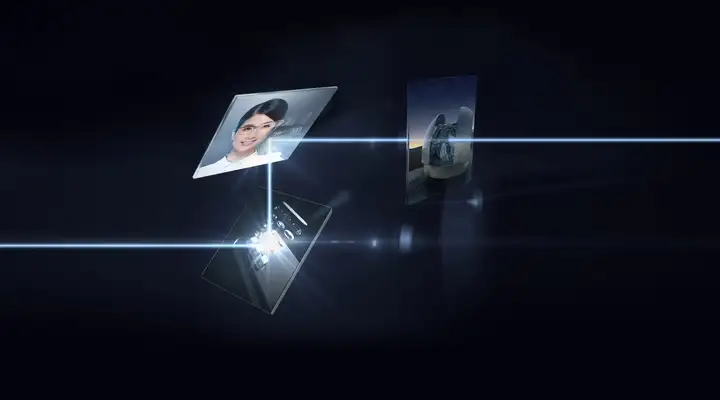
Academy of Optics
Why you should attend
Catch up on our previous sessions and download our summaries
Don’t worry if you missed one of our previous sessions. We understand things come up and schedules change, that’s why we created a summary for all of our past sessions. Click on the session title to download and read for free.

Michel Liebscher-Winckler
Digital Marketing & Communication